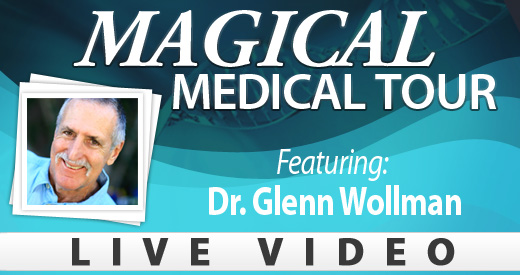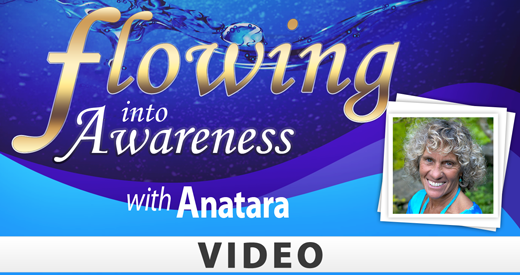| YogaHub |  |
Biopsychosocial
Recently, a colleague asked me a good question – how do I know that pain is a biopsychosocial event? As we talked, it seemed he wanted to know two things: (1) how I can say with such conviction that our brain uses more than the input from our nociceptive systems to produce pain; and (2) wouldn’t this mean that chronic pain is outside the scope of physical therapists, and instead is something for psychologists to treat? At first I was shocked. Then I started to wonder whether I have scientific evidence to support my belief of the integration of body-mind-spirit and bio-psycho-social inputs. I do not like the idea that what I do as a physical therapist is based more on faith than on scientific understanding of human biology and experience. Faith is important in life, but it is a huge area of ambiguity in health care.
Why am I convinced that pain is not only dependent on what is happening in the physical body? For this we don’t really need scientific study. Everyone has experienced tissue injury without pain – such as a finger cut that we didn’t notice until we saw the blood. Everyone has experienced intense pain from relatively small injuries – such as said paper cut or a stubbed toe. Life examples are easy to find that suggest that how much pain we experience is not predictable based only on how much we damage our body. These experiences are backed up by a huge body of knowledge that shows how factors such as stress, the environment in which one is injured, past pain experiences, fear, physiological arousal, and certain manners of thinking alter how much pain we report, and how the brain responds to input from the body. As such, I can say with conviction that our brain has the ability to use much more than nociceptive input in order to produce pain.
An argument might go further here and demand how I can be certain that the brain always does this. Might the brain at some times only attend to danger signals from the body? Are there not times when the amount of pain we experience seems to be closely related to how much damage there is to the body? Doesn’t this suggest that there are times when the brain ignores all other inputs? I cannot think of a clear argument against this. My current understanding of human and cell biology suggests this is very unlikely. It is possible. It is also improbable. So when I generalize to all situations, this might be faith, or it might be logic. I guess it depends where one wants to stand.
If pain is biopsychosocial, does that mean that the treatment of people in pain is outside the scope of physical therapists? Physical therapists treat people. That’s what I believe. We don’t treat the body. We treat the person. We use the physical body as a door through which to influence every aspect of the individual’s health. Even when we believe we are only treating the physical body, we cannot help but influence the rest of the person. When we believe that a treatment is effective only because of the changes occurring thanks to the mechanical forces applied to the person’s tissues, we are missing the point. People are biopsychosocial individuals. Our experiences are all psychosomatic (related to the psyche and the soma/body). Physical therapy treatment for people in pain cannot help but impact every aspect of a person’s existence. That’s the beauty of what we do. We access much more than the body tissues when we work on them. To ignore this opens the possibility that we are stuck in a place of ignoring both science and the stories our patients tell us.
[tags] biopsychosocial, pain, management, brain, receptors, tissue damage, physical, psychosomatic, connection [/tags]






